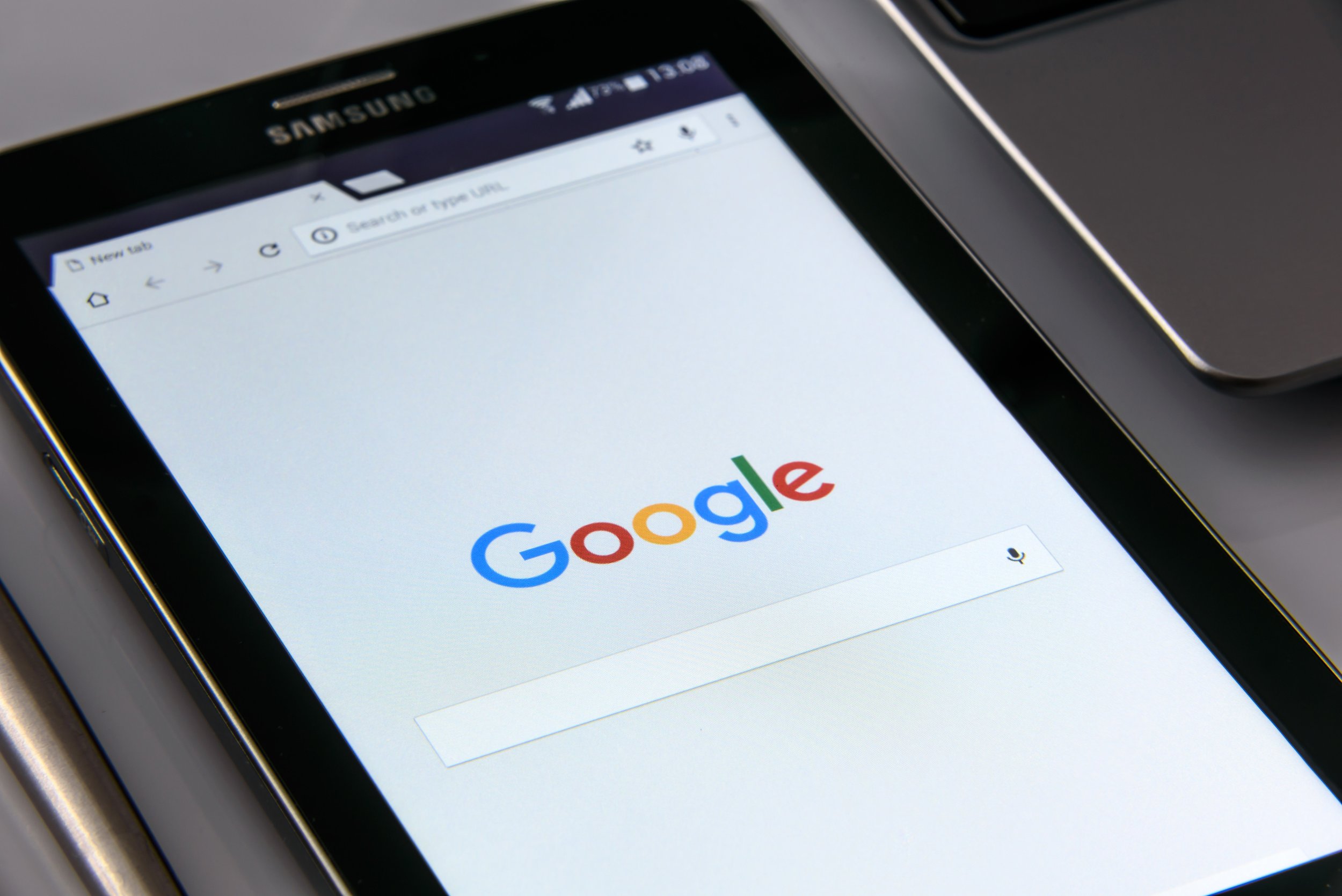Producing a Podcast Part 2: Production
After completing the Pre-Production Phase of your Podcast, the real work begins during the next phase: Production. During Pre-Production, we’ve hopefully done any required research for our show, outlined our episode, booked and prepped any guests, collected all clips and media, and tested our recording setup. Now we are ready to jump in and actually record our podcast episode. Let’s take a deeper look at what is involved and what we need to do for the best sounding results.
Quality Gear in a Quality Space
The recording gear and the environment you actually record your episode in are going to be the two biggest contributing factors to your overall sound quality. While the gear is pretty obvious, a lot of people overlook how important their space is to the final audio quality of their podcast episode.
There is a huge amount of affordable recording gear out there for all different budget ranges, and while it’s far too much to get into here, we’ll just say that while you don’t need to go super high-end right out of the gate, you shouldn’t skimp on your recording equipment. Aim for good quality condenser microphones and an audio interface, over cheaper options like USB or headset mics. You’ll want to make sure your interface supplies 48v phantom power to power the mics, and that it has enough inputs for however many mics you plan to record simultaneously for your episode. Don’t forget about pop filters as well, you’ll want one for each mic. You can also consider microphone shields and isolators which help improve audio quality by keeping out some room sound and background noise.
In regards to the space you record in and room acoustics, that is another subject that is a bit too dense to cover in one section of a blog post, but here are some overall tips you should keep in mind.
You will obviously want to avoid areas prone to excessive noise, such as street noise, hum from appliances, or constant foot traffic.
You also need to pay attention to the acoustics or room sound of your recording environment. Reflective surfaces will color the sound of your room and lead to “echoey” or “hollow” sounding recordings. You don’t want this, so avoid it as much as you can.
You want a clean, clear, full bodied, upfront vocal sound. Materials like glass would be very reflective, while materials like cloth would be absorptive. You want as much absorptive material as possible in your space, ideally directly in front of and behind your microphone.
Try to avoid having your microphones directly face reflective surfaces. Facing them into the corner of a room rather than directly at a flat surface can help.
If all of the walls and ceiling of your space are reflective surfaces, at least try to have the mic be distant from them, rather than only a couple of feet from the walls.
Give Everyone their Own Mic
If your show will feature multiple people speaking, you will want to try to give everyone their own microphone. This will lead to a better vocal sound overall, as each person will be able to speak directly to their own mic with proper technique, rather than having multiple people speaking into one mic at odd angles and from improper distances.
This will also help greatly during the next phase, Post-Production. Having each person on their own mic, and subsequently their own recorded track will allow you to have greater flexibility to cut, move, and edit dialogue during the Post-Production process.
Proper Mic Technique
As alluded to in the last section, everyone speaking should make note to use proper mic technique. Here are some pointers on what that entails.
Keep a good distance from the microphone when speaking, something like 6-8 inches is usually a good range.
Don’t speak directly head on into the capsule of the mic. If you do, the air that comes from your mouth when speaking will directly impact the mic capsule which can lead to harsh sounds in the recording known as “plosives”. A pop filter is designed to mitigate this, and you should use one, but you should couple that with proper mic technique for the best sound. Try moving the mic a few inches to the left or right of your mouth, and then angling it back towards your mouth. This way it is a little off to the side and out of the path of air, but it is still facing the sound source.
Pay attention to what is behind you. Since the mic is facing you, it is also facing whatever’s behind you. Avoid having sources of ambient background noise, or harsh reflective surfaces directly behind you.
Keep hydrated and maybe have a glass of water on hand to help avoid mouth noise and clicks that can come from dry-mouth or dehydration.
Keep a Stopwatch Visible
This tip only really applies if you have a desired episode length. Some shows have a great variance in episode length from one to the next, and if that describes your show, then you probably won’t need this. But if you do have a desired length per episode, such as 30 minutes, 1 hour, etc… You should keep a stopwatch visible to all parties during the recording, so that everyone is aware of how far into the episode you are. It’s easy to get caught up in the flow when recording and lose track of time, this will help keep you on target.
Use Tablets or Electronic Devices, Rather than Paper
If people will be reading off of, or referencing outlines or scripts during the recording of your podcast, consider using electronic devices rather than paper. Paper is noisy and when shuffled around in front of the mic, will be very audible in the recording of your episode. If this paper shuffling is occurring simultaneously with dialogue, it is very hard to fully remove later on and will negatively impact your sound. Consider using tablets or quieter reading devices to avoid this.
Have a Dedicated Engineer
This may be harder to do if you are just starting out and are a smaller podcast, but if and when possible, you should try to have a dedicated engineer on hand during your recording sessions. While it would be great if this person is a trained audio professional, you can still benefit from just having a friend work the controls.
The idea is to have someone who isn’t actively speaking on the show be fully focused on the recording process. They should be listening with headphones so they are picking up all of the little details during the recording and can notify of any errors or problems, before they become too big to fix.
Hopefully these tips help assist you in having a great recording and production process for your show. It’s always best to do things right at the source, rather than adopting the mindset of “fixing it later”. So try to get as pristine a recording as possible on production day, to make your podcast the best it can be. Check back next week as we take a closer look at the next and final phase, Post-Production.
Need help with the production of your podcast? We’d love to work with you! Fill out our contact form and we’ll be in touch right away.
Are there any other things you do on recording day as part of your Production process that we may have missed? Let us know in the comments!






